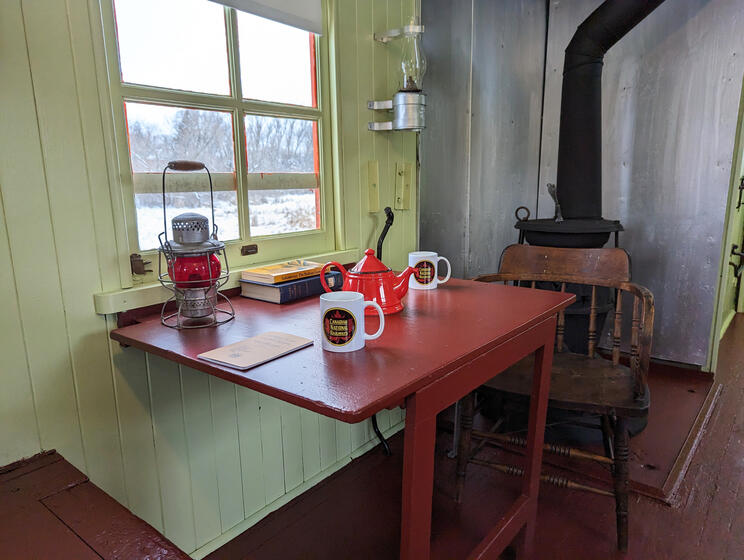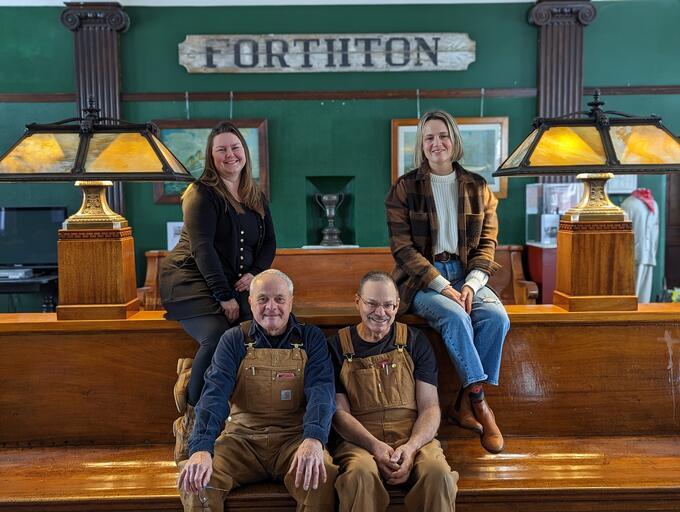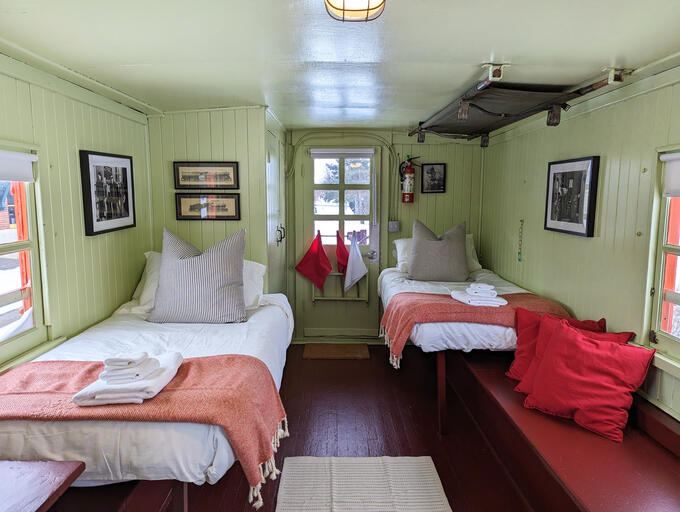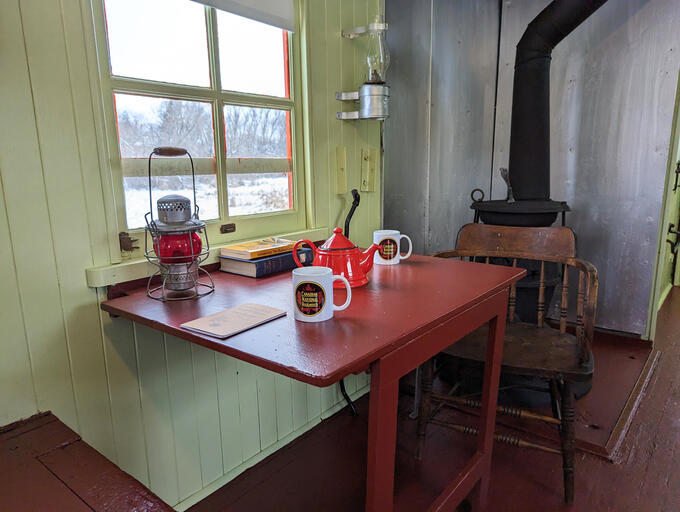The Railway Museum of Eastern Ontario (RMEO) is on a roll these days, moving full steam ahead with projects to enhance and expand existing tourism offerings and experiences. Over the past two years, RMEO has been slowly transitioning from a small town museum to a national heritage asset, and new funding from the Regional Tourism Relief Fund (RTRF) is helping to accelerate that progress.
The RTRF funding is providing tourism entities with contributions of up to $100,000 to support product development or enhancement of tourism experiences. The RTRF is supported by the Government of Canada’s Tourism Relief Fund and delivered by the Federal Economic Development Agency for Southern Ontario (FedDev Ontario) and Ontario’s Highlands Tourism Organization (OHTO). OHTO received $3.67 million from FedDev Ontario to help local tourism organizations and businesses safely welcome back visitors, recover from the impacts of the pandemic and prepare for future growth.
RMEO Executive Director, Becky Allen, explained that receiving $98,000 in RTRF funding helped the museum to build on its success and enhance existing experiences to expand its target demographics and market. The experience focused on for the RTRF funding was the museum’s overnight in a caboose project, an Airbnb experience that enabled visitors to spend the night in a real railway caboose, with access to museum, kitchen and washroom facilities.
“The overnight in a caboose was a sought after and highly reviewed enjoyable experience,” Becky said. “People liked the authenticity of the experience, but it really needed upgrades to bring it to the level of expectations people have today.”
While the overnight experience was popular and often sold out in the summer months, there were some drawbacks to the experience for visitors. There was no air conditioning in the units and the kitchen and washroom facilities at the museum were dated.
“The first thing we did was put in air conditioning, and then we renovated all the cabooses, but we kept them authentic,” Becky said, “Honestly, it was pretty modest accommodations before the renovations and even though it’s a unique experience, we couldn’t charge a huge premium….now we can increase our rates.”
Improvements to the museum included renovations to the bathroom to replace a basic shower insert with a tiled shower with a glass door. Similarly, the toilets, sink and faucet were also replaced to create a more welcoming and modern facility for museum visitors as well as overnight guests.
Other improvements were made to the kitchen, which overnight guests are able to access during their stay. Changes made to this area included renovations to allow the kitchen and one room in the museum to be closed off to offer overnight guests a place to dine and relax during their stay.
“It will be a kid friendly room with a lounge and eating area…there will be a smart TV in there so guests can have a movie night,” Becky said. “It will give them a little more space in the museum with some exhibits that are safe and kid friendly.”
According to Becky, these changes will not only impact the visitor’s experience, but they will also support the museum’s growth and evolution into the tourism realm, offer more options for programming and give staff a better working environment. The improved kitchen and washroom facilities will open up the museum’s ability to do more events, including the continuation of a popular afternoon tea experience, while the replacement of older appliances in the kitchen will offer energy efficiency savings.
“This will make a huge difference for us,” Becky said. “This project has multiple levels of benefit because not only does it allow us to charge more and generate more revenue for the Airbnb, it’s also supporting the restoration practices that we’re doing that will help us achieve our mission, which is to preserve and protect museum artifacts.”
About FedDev Ontario and the Tourism Relief Fund
Ultimate Recipients of the Regional Tourism Relief Fund received non-repayable contributions of up to $100,000 from Ontario’s Highlands Tourism Organization to adapt and recover, attract new visitors and drive economic growth in the area. This is part of an overall Government of Canada investment through the Federal Economic Development Agency for Southern Ontario (FedDev Ontario) of more than $78 million for 11 Regional Tourism Organizations and Indigenous Tourism Ontario.






